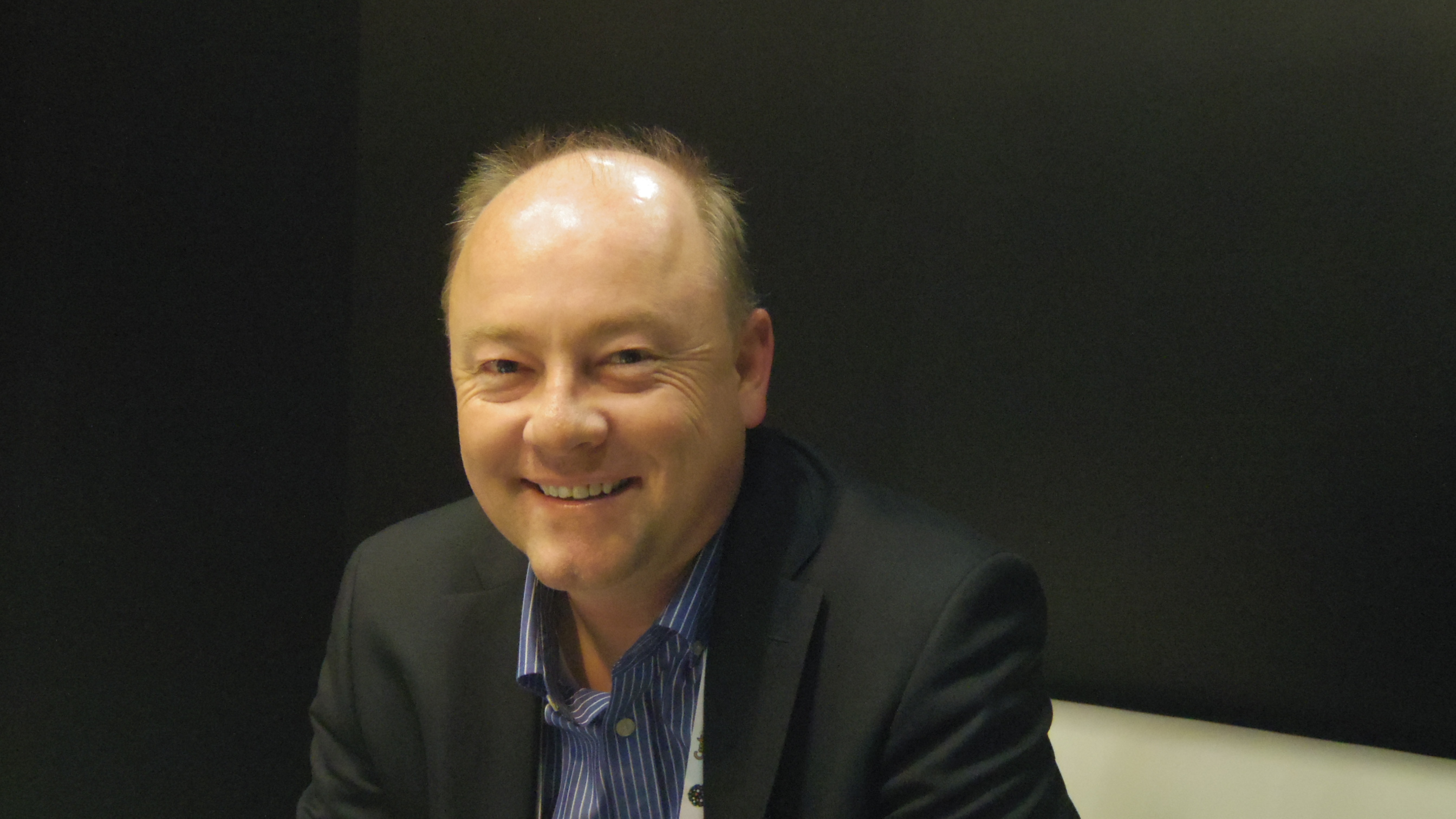AMD on the PS4: We gave it the hardware Nvidia couldn't
Neal Robison gives us the goods at GDC

AMD came roaring into GDC 2013 with a vengeance. Not only did the chipmaker introduce its first branded line of dedicated cloud gaming graphics cards - the Radeon Sky Series - we got a taste of what it claims is the world's fastest GPU.
Attendees of a Tuesday night press conference saw the GPU, the Radeon HD 7990, make its first public appearance. Later, a set of 7990s powered EA's 17-minute introductory Battlefield 4 demo on the big screen.
And though Sony spent more time talking about the PS4's DualShock controller than AMD's chippy contributions at the conference, Neal Robison, director of ISV relations at AMD, was more than happy to lay it out for TechRadar.
"You don't know how long we've been waiting for that Sony announcement, because we've been working on it for years," Robison said during a sit down in AMD's expo booth. "To finally be able to talk about a culmination of all this effort is really rewarding."
PlayStation 4 parlance
AMD provided the console's CPU design - eight x86-64, low-power Jaguar cores - plus a next-gen Radeon HD graphics card said to have 18 compute units. Beyond putting two individual pieces of silicon into one game box, the company smooshed them together to create a single APU.
"It's not just about an x86 solution, but it's about that Jaguar APU where it's a combination of the graphics and CPU together and being able to create something that's greater than just putting an x86 PC-like architecture together," Robison explained.
Sony, he said, approached AMD based on the company's track record with the Xbox 360, Wii and other consoles, effectively skipping over Nvidia, which provided the chips for the PS3.
Sign up for breaking news, reviews, opinion, top tech deals, and more.
"[Sony's] approach - and they've said this publicly over the last couple of days here at GDC - was, 'We looked at some of the ways that we approached hardware in the past, and we wanted to improve.' And they looked at us as being able as being able to provide that."
AMD could provide an integrated solution through its APU that Nvidia couldn't, he continued, by optimizing information flows, generating greater performance, better power and heat efficiency, and by providing tools and dev relationships to provide the PS4 a strong launch.
"We could say, 'Hey look, these guys already know how to develop on a PC architecture.' It's something that's really familiar to them and we showed Sony the tool chains and the work flows that had been developed by all these content developers that would very easily be able to move over."
Critics' corner
In a recent interview with TechRadar, Nvidia's Tony Tamasi sized up the PS4's specs to "a low-end CPU, and a low- to mid-range GPU" when compared to gaming PCs. The console's innards, Tamasi said, are outdated even now, months before the PS4 launches during the 2013 holiday season.
"Well, of course they're going to do that," Robison said with a laugh when told of the comparison. "They're a little bitter."
He didn't neglect to give a more nuanced response.
"For us, really by looking at that APU that we designed, you can't pull out individual components off it and hold it up and say, 'Yeah, this compares to X or Y.'
"It's that integration of the two, and especially with the amount of shared memory [8GB of GDDR5, 176GB/s raw memory bandwidth] that Sony has chosen to put on that machine, then you're going to be able to do so much more moving and sharing that data that you can address by both sides.
"It's more than just a CPU doing all these amazing calculations and a GPU doing calculations. We are now going to be able to move certain tasks between the two."
Devs, he said, will be able to push the console's capabilities beyond a traditional x86 PC architecture, and multithreading - being able to take advantage of all eight cores - is going "to become a huge deal for a lot of the big blockbuster games."
Robison deflected when asked about AMD putting its stamp on Microsoft's next-gen console, the Xbox 720, but he noted that the company had "tremendous success" with the Xbox 360.
"It was a great partnership and we enjoy working with them," he said.
We get the sense that this relationship isn't cooling off anytime soon.
TechRadar will have more from our GDC conversation with Robison, so stay tuned.

Michelle was previously a news editor at TechRadar, leading consumer tech news and reviews. Michelle is now a Content Strategist at Facebook. A versatile, highly effective content writer and skilled editor with a keen eye for detail, Michelle is a collaborative problem solver and covered everything from smartwatches and microprocessors to VR and self-driving cars.